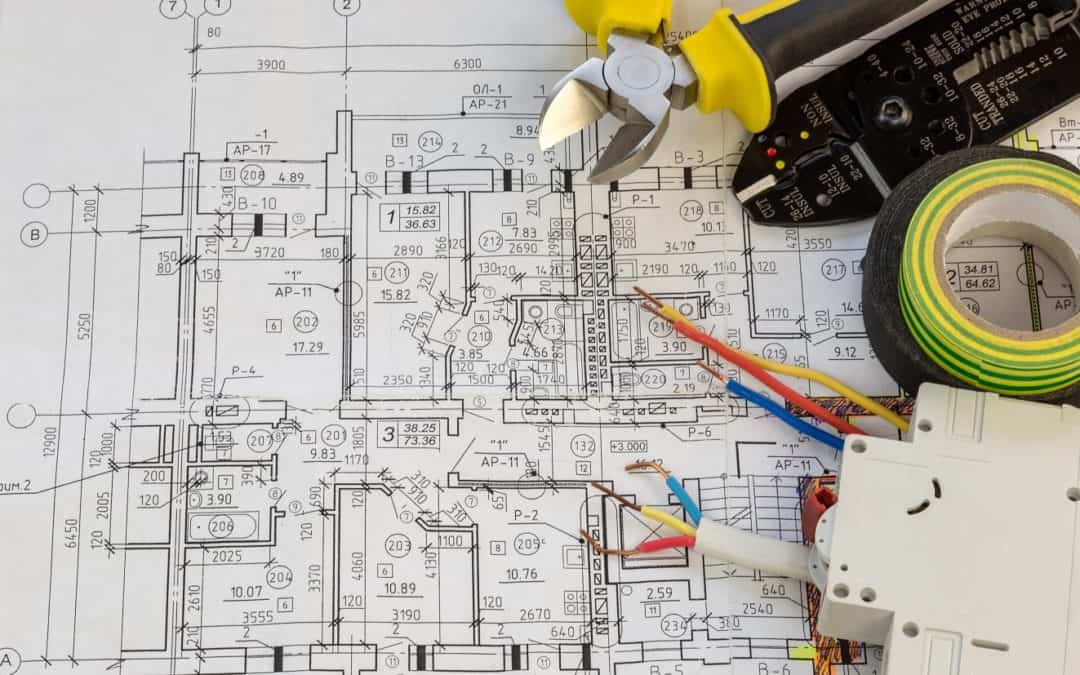Advanced Electrical Engineering Design Services for Residential and Industrial Needs
Advanced Electrical Engineering Design Services for Residential and Industrial Needs
Blog Article
Cutting-edge Electric Design Providers for Modern Infrastructure
As city environments expand increasingly intricate, including modern technologies such as smart grids and renewable power resources becomes vital. These improvements not just assure to enhance energy intake however additionally foster strength against future needs.
Value of Cutting-edge Electrical Design
Innovative electrical design plays a critical function in modern-day facilities, influencing not only efficiency however additionally sustainability. As cities progress and the need for power increases, the demand for sophisticated electric systems comes to be vital. These systems need to not only satisfy current demands but also prepare for future development and technical advancements.
A well-executed electric design can dramatically decrease energy consumption, consequently reducing operational prices and reducing environmental effect. By integrating renewable resource resources, such as solar panels and wind generators, cutting-edge layouts can enhance power self-reliance and resilience. Wise grid technologies permit for real-time monitoring and management of power circulation, optimizing efficiency and decreasing waste.
Safety is an additional important aspect of electrical design. Implementing advanced technologies and strenuous requirements can alleviate risks connected with electrical failings, making certain a safe and secure setting for organizations and locals alike. In addition, innovative styles promote flexibility, allowing facilities to incorporate arising innovations flawlessly.
Secret Patterns in Electric Design
As the landscape of electrical design continues to evolve, a number of vital trends are forming the future of the market. One substantial trend is the combination of smart innovation right into electric systems. The spreading of the Web of Points (IoT) has actually enabled real-time surveillance and control of electric tools, boosting efficiency and facilitating predictive maintenance.
An additional pattern is the growing emphasis on modular design. This strategy permits versatile and scalable remedies, making it possible for infrastructure to adjust to changing needs without extensive renovations. Additionally, making use of advanced simulation tools and Structure Info Modeling (BIM) is coming to be progressively common, streamlining the design process and enhancing partnership amongst stakeholders.
In addition, innovations in materials scientific research are bring about the development of lighter, much more sturdy, and energy-efficient elements. This development is specifically crucial for high-performance structures and infrastructure tasks.
Last but not least, there is a significant shift in the direction of data-driven decision-making - electrical load calculation. Leveraging information analytics helps designers optimize systems for efficiency and cost-effectiveness. With each other, these fads indicate a transformative period in electric design, improving functionality, sustainability, and resilience in modern-day framework
Lasting Energy Solutions
Sustainable energy remedies are increasingly coming to be a critical emphasis in electrical design, showing a broader commitment to environmental responsibility and source effectiveness. These options intend to lessen environmental influence while optimizing energy intake in various facilities, from residential structures to huge business centers.
Among the leading methods involves the assimilation of renewable resource resources, such as photovoltaic panels and wind turbines, right into electrical systems. This not only decreases dependency on nonrenewable fuel sources however also boosts power strength. Additionally, ingenious power storage space systems, such as sophisticated batteries, make it possible for efficient management and distribution of power, guaranteeing that excess energy generated throughout optimal production can be made use of during high need durations.
Additionally, energy-efficient design methods are being taken on to boost overall system efficiency. This includes using energy-efficient lights, cooling and heating systems, and smart building innovations that monitor and adjust energy usage based upon tenancy and ecological conditions.
Smart Grid Technologies
The execution of lasting power remedies normally leads to the exploration of smart grid technologies, which play navigate here a pivotal role in updating electric systems. Smart grids utilize progressed interaction technologies and data analytics to boost the integrity, performance, and sustainability of power circulation. By incorporating digital technology with conventional grid facilities, these systems facilitate real-time monitoring, automated control, and enhanced decision-making capacities.
Among the crucial attributes of clever grids is their capacity to suit renewable resource sources, such as solar and wind power. This adaptability not only lowers dependence on nonrenewable fuel sources however likewise enables for an extra decentralized energy production model. Wise grids enable need action programs, where customers can readjust their energy use based on real-time rates, thus promoting energy preservation and decreasing peak load demands.
Additionally, clever grid innovations improve grid important source resilience by enabling quicker identification and resolution of outages, inevitably lessening downtime. With predictive maintenance and analytics, energies can enhance procedures and improve service delivery. As cities and areas continue to advance, clever grid innovations are important for building a effective and lasting electric infrastructure that meets the needs of modern-day society.

Future-Proofing Infrastructure
To make sure lasting feasibility and adaptability, future-proofing framework is necessary in the swiftly progressing landscape of electrical design services. As innovation advancements and power demands change, it is vital that electric systems are developed with adaptability in mind. This involves incorporating scalable services that can suit future upgrades without requiring substantial overhauls.

Furthermore, sustainability must be a foundation of future-proofed designs. Using renewable energy sources, such as solar and wind, and maximizing energy efficiency decrease dependency on fossil gas, straightening with international initiatives to battle climate change.
Final Thought
By prioritizing effectiveness, versatility, and sustainability, these services address the developing demands of energy systems. The combination of smart grid technologies and sustainable energy options improves durability and minimizes operational expenses.
A well-executed electric design can considerably decrease look at this website power usage, therefore reducing operational costs and reducing ecological effect. By incorporating renewable power sources, such as solar panels and wind generators, ingenious designs can improve energy freedom and resilience. In addition, ingenious energy storage space systems, such as advanced batteries, make it possible for effective management and circulation of power, ensuring that excess energy produced throughout height manufacturing can be utilized throughout high demand periods.
Clever grids allow need action programs, where customers can change their power usage based on real-time rates, therefore promoting power conservation and minimizing peak load demands. (electrical design services)
As innovation advances and energy demands change, it is important that electric systems are developed with versatility in mind.
Report this page